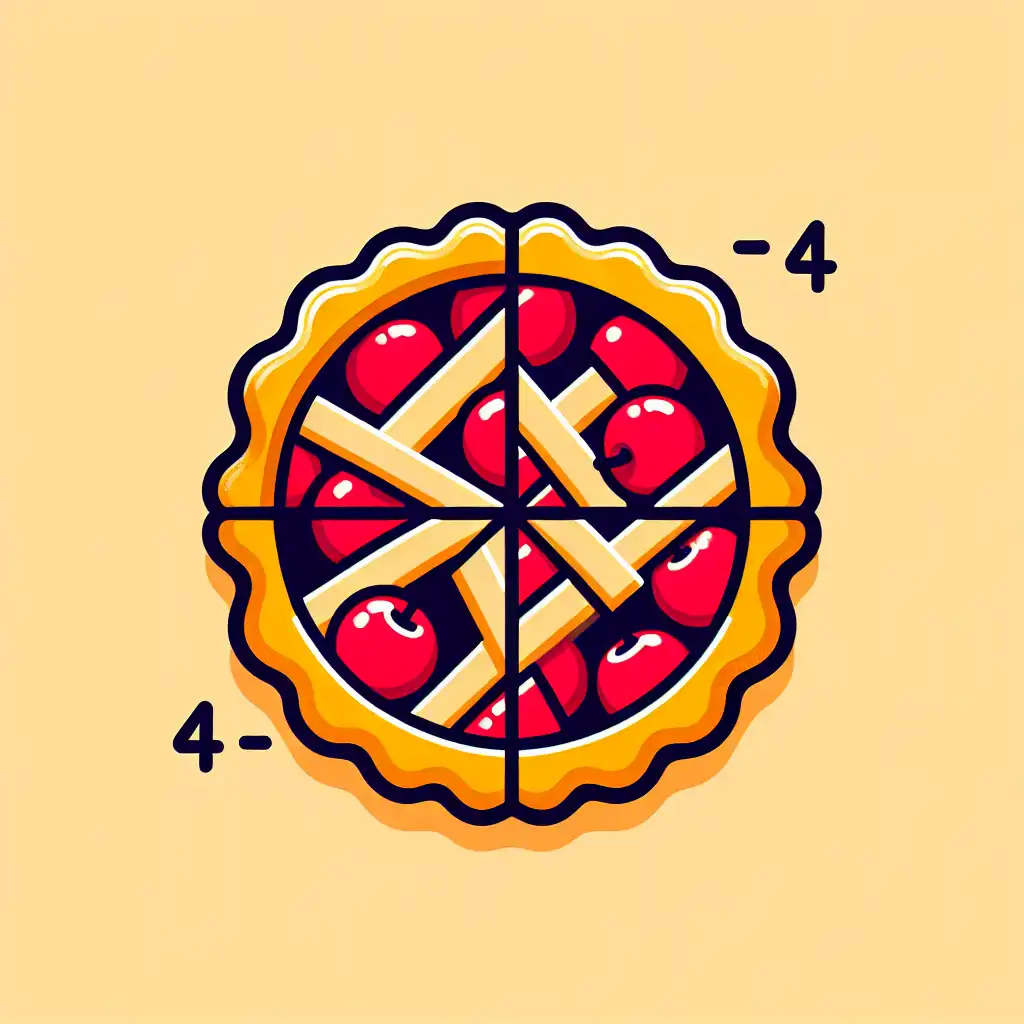
Numerator
Upper Fraction Part
The numerator is always the top number in a simple fraction, indicating portions of a whole.  If you eat 2 out of 5 slices of pizza, 2 is your numerator.
If you eat 2 out of 5 slices of pizza, 2 is your numerator.
Not Always Smaller
Sometimes the numerator can be larger than the denominator, indicating more than a whole.  In the fraction 5/4, the numerator shows you have more than one whole.
In the fraction 5/4, the numerator shows you have more than one whole.
Comparison Clarifier
Using the numerator, you can compare how large fractions are without calculating their decimals.  Comparing numerators 3/8 vs. 4/8 shows the second fraction is larger.
Comparing numerators 3/8 vs. 4/8 shows the second fraction is larger.